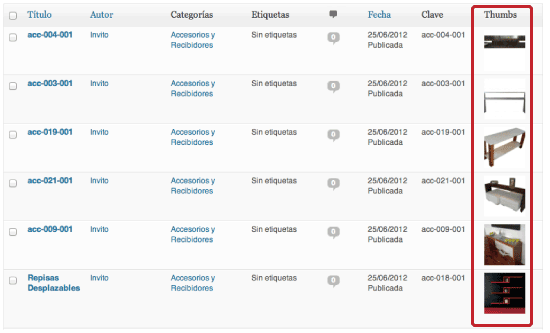Migrating from WordPress to Hugo
The idea behind migrating to hugo is to avoid having to deal with server and certificate updates, backups and so on. Plus moving a site to a global network, like Netlify’s, comes with the added benefits of quick download speeds and an easy to …

